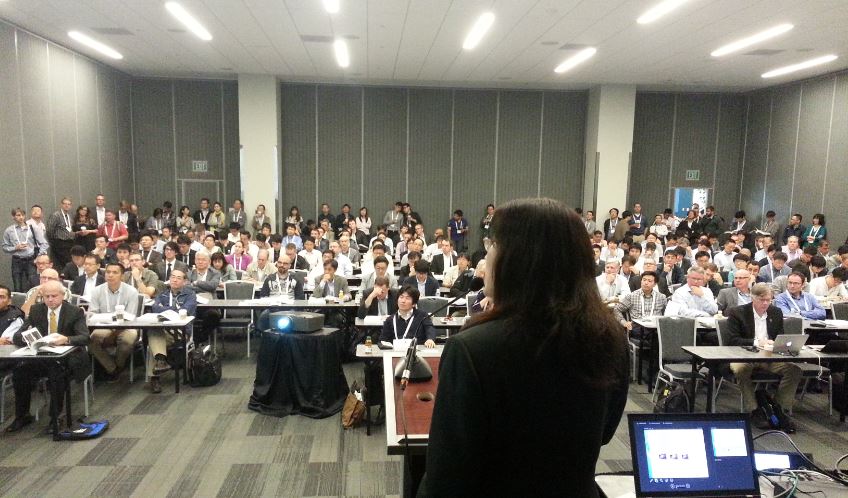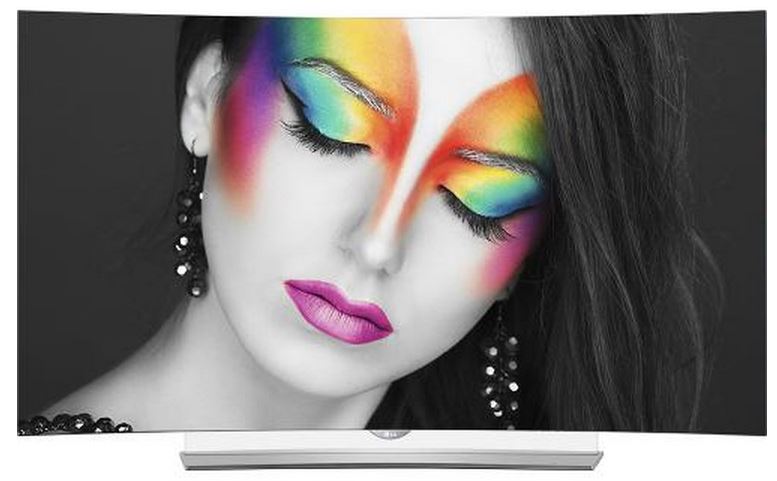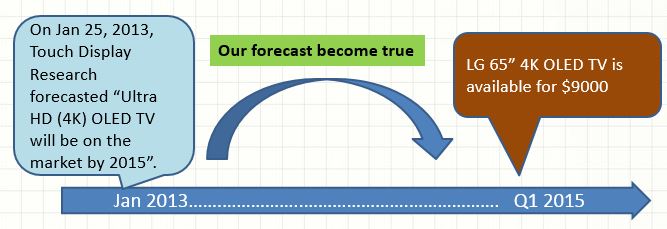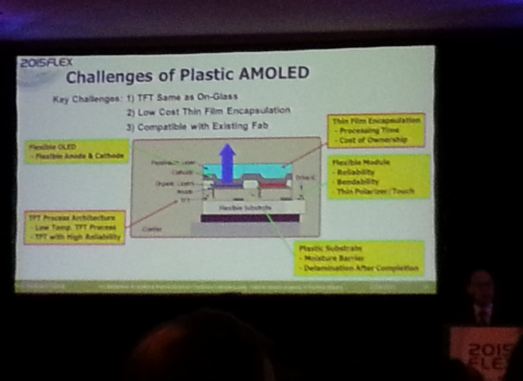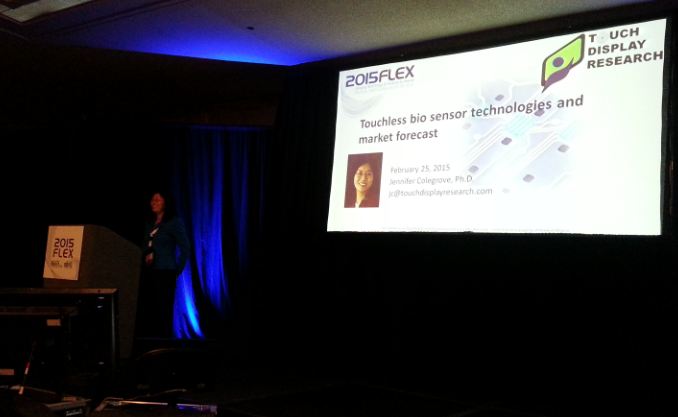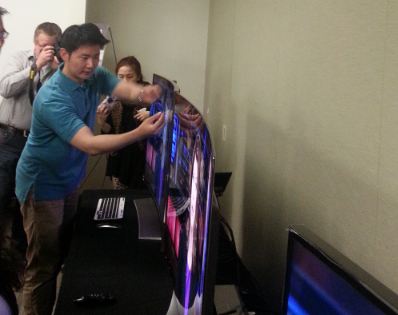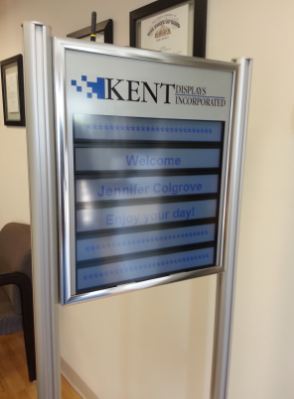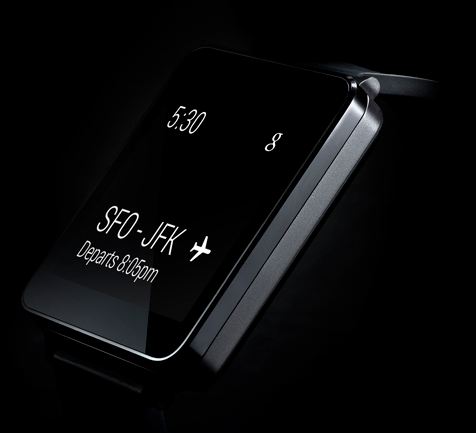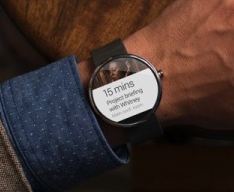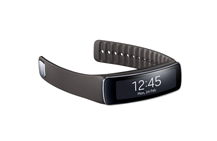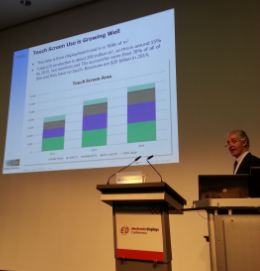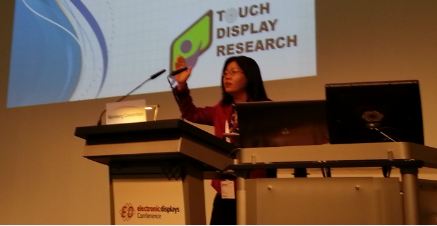June 6, 2015
SID 2015 DisplayWeek is held in San Jose, California this week. I taught a seminar on Monday morning, titled “Display Market Forecast –LCD, OLED, e-paper and touch, from main stream to emerging display”.
When I arrived the seminar location at 8:15am, (15 minutes before it starts), the room is full of attendees already. I first listed the hot trends in display industry in 2015 and 2016. Then I provided the global display industry market forecast from 2015 to 2025. The overall display industry growth is slowing down but there are hot trends in many areas. The new opportunities in display market include: quantum dot display, flexible and curved LCD display, high resolution, OLED display, e-paper display, embedded touch screens.
Figure: Dr. Jennifer Colegrove taught Monday Seminar at SID 2015 DisplayWeek.
Photo credit: Ogawa-san at Japan Display Inc.
More and more people joined the seminar, many of them had to stand for the one and half an hour seminar. (I feel grateful and honored.) From the questions the attendee asked at the Q&A session, many people are interested in 3 areas: quantum dot, high resolution, flexible display, touch screen.
More analysis can be found in the “Quantum dot 2015 report”, “Flexible, curved and foldable display 2015 report”, Touch and Emerging Display monthly report, June 2015 issue.
Thanks for reading,
Jennifer and team

